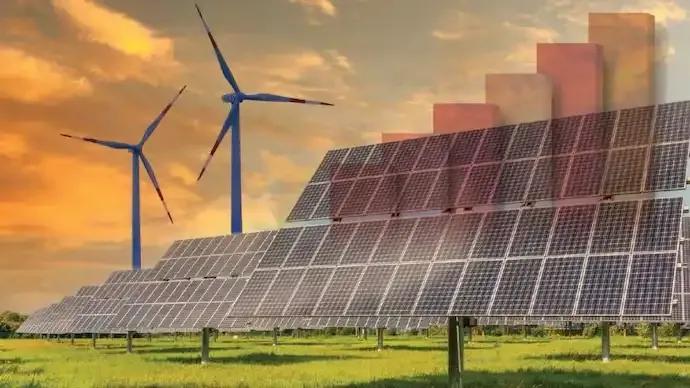Shopping cart
Your cart empty!
Terms of use dolor sit amet consectetur, adipisicing elit. Recusandae provident ullam aperiam quo ad non corrupti sit vel quam repellat ipsa quod sed, repellendus adipisci, ducimus ea modi odio assumenda.
Lorem ipsum dolor sit amet consectetur adipisicing elit. Sequi, cum esse possimus officiis amet ea voluptatibus libero! Dolorum assumenda esse, deserunt ipsum ad iusto! Praesentium error nobis tenetur at, quis nostrum facere excepturi architecto totam.
Lorem ipsum dolor sit amet consectetur adipisicing elit. Inventore, soluta alias eaque modi ipsum sint iusto fugiat vero velit rerum.
Sequi, cum esse possimus officiis amet ea voluptatibus libero! Dolorum assumenda esse, deserunt ipsum ad iusto! Praesentium error nobis tenetur at, quis nostrum facere excepturi architecto totam.
Lorem ipsum dolor sit amet consectetur adipisicing elit. Inventore, soluta alias eaque modi ipsum sint iusto fugiat vero velit rerum.
Dolor sit amet consectetur adipisicing elit. Sequi, cum esse possimus officiis amet ea voluptatibus libero! Dolorum assumenda esse, deserunt ipsum ad iusto! Praesentium error nobis tenetur at, quis nostrum facere excepturi architecto totam.
Lorem ipsum dolor sit amet consectetur adipisicing elit. Inventore, soluta alias eaque modi ipsum sint iusto fugiat vero velit rerum.
Sit amet consectetur adipisicing elit. Sequi, cum esse possimus officiis amet ea voluptatibus libero! Dolorum assumenda esse, deserunt ipsum ad iusto! Praesentium error nobis tenetur at, quis nostrum facere excepturi architecto totam.
Lorem ipsum dolor sit amet consectetur adipisicing elit. Inventore, soluta alias eaque modi ipsum sint iusto fugiat vero velit rerum.
Do you agree to our terms? Sign up

India’s ambitious clean energy transition could face turbulence as the government’s latest proposal to tighten renewable energy regulations risks slowing sectoral growth and deterring investors, according to a recent analysis of the Central Electricity Regulatory Commission (CERC) draft released in September 2025.
The new rules seek to make renewable power producers more accountable for grid discipline, but developers warn that the changes could have serious financial consequences for both existing and upcoming projects.
The CERC has proposed revisions to the Deviation Settlement Mechanism (DSM) — a system that penalizes energy producers when actual power generation diverges from scheduled output.
Currently, solar and wind producers enjoy broader deviation limits due to the variable nature of their resources. However, starting April 2026, the regulator intends to tighten this allowance annually until 2031, when renewables will be held to the same accuracy standards as coal and gas-based power plants.
According to the Commission, the move is designed to improve forecasting accuracy, enhance grid stability, and ensure that renewable producers contribute reliably to India’s growing electricity demand.
India, which has pledged to achieve 500 gigawatts of non-fossil fuel-based capacity by 2030, has seen its renewable share in total power generation rise sharply in recent years. Yet, grid imbalances caused by inconsistent renewable output have become a growing operational challenge.
While regulators argue the new rules will strengthen India’s grid, industry groups caution that the proposed penalties could erode project profitability and dampen investor confidence.
In a letter to the CERC, the Wind Independent Power Producers Association (WIPPA) warned that the regulation could cause “heavy financial losses” for developers, particularly for older wind farms built under more flexible frameworks.
“These penalties could cause huge losses, especially for older projects that were built under different rules,” WIPPA stated.
According to the association’s estimates, certain projects could face revenue losses of up to 48% under the revised DSM formula. WIPPA has already challenged earlier versions of the deviation policy in court, arguing that the approach undermines investor security and makes long-term financial planning nearly impossible.
The National Solar Energy Federation of India (NSEFI) has echoed similar worries, calling the rules “counterproductive” to India’s solar expansion goals.
In its submission to the regulator, NSEFI warned that stricter deviation penalties could hurt existing projects and make new bids less competitive, ultimately slowing the pace of new installations.
Solar and wind projects, unlike thermal plants, depend on unpredictable factors like sunlight intensity and wind patterns, making precise forecasting inherently difficult.
“The rules, if implemented in their current form, could put financial pressure on existing projects and discourage participation in future tenders,” the federation wrote.
India’s renewable success story — marked by massive expansion in solar and wind capacity — now faces a delicate balancing act. The CERC’s regulatory tightening aims to reduce sudden fluctuations in energy output that strain the national grid, but experts warn that too much rigidity could stifle growth.
Power analysts say the Commission’s challenge lies in aligning technological limitations with regulatory expectations. While improved forecasting tools and AI-based scheduling are being adopted, weather-dependent generation will always retain some level of uncertainty.
“It’s a question of calibration,” said an energy policy expert. “Grid reliability is critical, but India’s renewable boom has been driven by investor trust — any perception of overregulation could hurt momentum.”
India’s renewable capacity now exceeds 190 GW, but reaching the 500 GW target by 2030 will require sustained investment, policy consistency, and investor confidence.
The CERC’s move to ensure grid discipline aligns with global energy transition standards, yet its timing — amid slowing clean energy funding and tightening global finance — could make investors more cautious.
Unless modified to account for renewable unpredictability, the stricter norms could slow new project rollouts, delay financial closures, and cloud India’s path to achieving its climate and energy goals.
As one industry official summarized:
“Grid stability is non-negotiable. But so is the confidence of those building the future of clean energy.”
15
Published: Nov 05, 2025